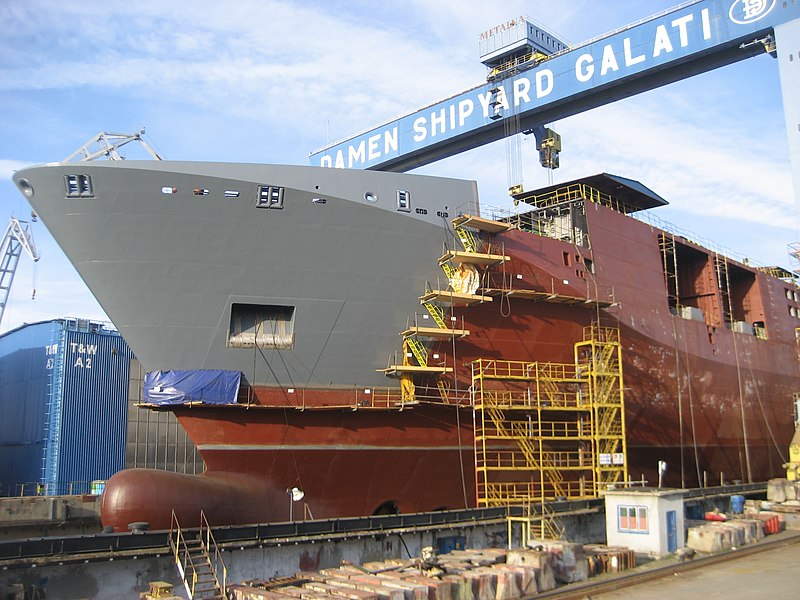Re: European armed forces

This is very good news. I considered it ludicrous that the Dutch government would have sold this vessel while it was still under construction and when they need a new AOR vessel for their navy, since the other two, the HNLMS Zuiderkruis was scrapped in 2012, and HNLMS Amsterdam to be sold in 2016 after it is paid off.
So, it is very good to see that the Dutch Navy will get this new, very capable vessel now as they had planned.

Sea Waves said:In a surprise decision, the Dutch have cancelled the sale of the still under construction Karel Doorman.
That means that HNLMS Amsterdam will be paid off in 2015 (as planned).
This is the outcome of new negotiations between several opposition parties and the Government (to come to a majority for the plans in the First Chamber of Dutch parliament).
Several cuts were axed including the future of this brand new ship.
The new ‘Karel Doorman’ will sail with a limited crew and only for replenishment duties for the Dutch navy.
NATO partners can ‘hire’ the ship for the extra capabilities this ship was built for (JSS), such as heavy lift and transport and sea-basing.
This is very good news. I considered it ludicrous that the Dutch government would have sold this vessel while it was still under construction and when they need a new AOR vessel for their navy, since the other two, the HNLMS Zuiderkruis was scrapped in 2012, and HNLMS Amsterdam to be sold in 2016 after it is paid off.
So, it is very good to see that the Dutch Navy will get this new, very capable vessel now as they had planned.



